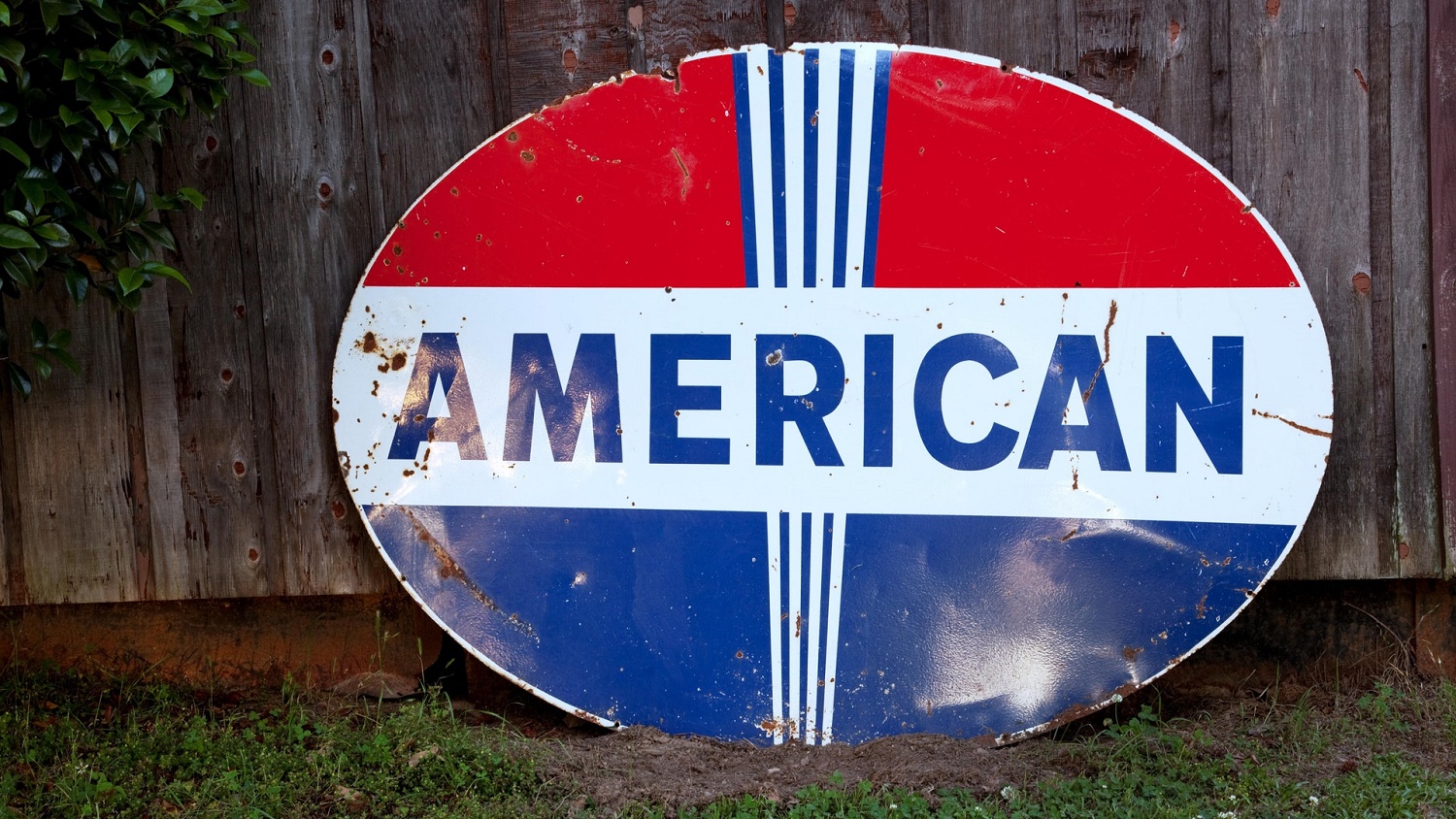 Special to the Philanthropy Journal
Special to the Philanthropy Journal
By Ron Sellers
If you could only support one charitable organization, which organization would it be?
Would you favor a large organization, or a small one? One that is faith-based, or not? One that works globally, nationally, or locally? What’s their cause? Does their overhead factor into your decision at all?
Non-profit insights specialist Grey Matter Research and panel company Opinions4Good asked a sample of 1,000 American charitable donors to name their very favorite donor-supported organization (excluding a local place of worship). There were 289 separate organizations named, and Grey Matter investigated every one of them to find out what traits America’s favorite charities share. The resulting report is The Donor Mindset Study VIII: What America’s Favorite Charities Have in Common. It is available free from Grey Matter Research.
 It’s important to remember that this is a measurement of brand preference, not giving. Every donor counts the same no matter how much money each gives. Donors might give to multiple organizations, but feel particularly strongly about one brand.
It’s important to remember that this is a measurement of brand preference, not giving. Every donor counts the same no matter how much money each gives. Donors might give to multiple organizations, but feel particularly strongly about one brand.
We learned that a very small number of charities have created strong preference. Out of hundreds of thousands of non-profits out there, just 20 different brands accounted for 54% of all donors naming them as their favorite. In fact, the top five most favored brands (American Cancer Society, ALSAC/St. Jude, UNICEF, The Salvation Army, and American Red Cross) accounted for over one-third of all donors. Certain brands have been particularly effective not just at raising funds, but at developing brand preference among donors.
Americans not only prefer well-known brands, but they generally prefer very large charities. The average total Form 990 income of Americans’ favorite charities was $1.1 billion, and the median was $399 million. Only 5% named a favorite charity with less than $1 million in total income, and just 23% named a favorite with under $50 million in revenue. On the other hand, 38% had a favorite charity with total income of $1 billion or more.
We also learned that donors often prefer one thing but then do another. When directly asked, donors were equally split between saying they prefer supporting large organizations and small ones, but their favorite tends to be very large. In Grey Matter’s 2012 Heart of the Donor study, donors heavily preferred giving “here at home” versus overseas (65% to 13%). Yet 60% of all donors had a favorite charity that works globally, while just 22% preferred one that limits its work to the U.S. and 16% named a favorite that works only at a regional or local level.
Why is this? One influence appears to be that big organizations with greater expertise and larger budgets are often able to capture the attention and interest of donors in ways that smaller and more local ones can’t. Of course, many large charities have also done a solid job of localizing their work (think of local Salvation Army centers, United Way chapters, Goodwill stores, Boys & Girls Clubs, Susan G. Komen runs, etc.).
One surprising finding was that many religious people don’t favor a faith-based organization. No matter how we defined “religious” (self-identifying with a broad faith group such as Christian, self-identifying with a more specific group such as Roman Catholic, or regularly attending religious worship services), only about one out of five religious people had a faith-based organization as their favorite (remember that people were asked to exclude a local house of worship from their answer).
Health-related causes are the ones Americans tend to favor. One-third named a favorite charity that either deals with a specific disease such as cancer or Alzheimer’s (24%), or with general health, such as a hospital (8%). Other favorite causes included international relief and development (14%), animal welfare (13%), community development (10%), and emergencies (8%).
In our study The Donor Mindset Study VI: The Elephant in the Room, we detailed how little many donors really know about the overhead ratios of the organizations they support. While donors often talk about wanting charities to be financially efficient, only 11% of all donors named a favorite charity with an overhead ratio below 10%. Instead, 45% had a favorite with an overhead ratio of 20% or more. Clearly donors don’t favor organizations with the lowest possible overhead ratios.
The report provides a number of suggestions for how non-profits can apply this information. Among them:
- Consider how the top 20 brands (all named in the report) have managed to stand out from the crowd, and how your organization can learn from them. It’s obviously not just about the cause or the work, since there are many comparable organizations that are not similarly favored by donors. It’s about how they’ve built their brands.
- For faith-based organizations, there needs to be some soul-searching on why a natural target market is not responding more favorably. It seems obvious that an active Catholic might be expected to favor Catholic Relief Services or an active evangelical might be expected to favor Samaritan’s Purse or Operation Blessing over UNICEF or Save the Children, but that’s frequently not the reality.
- Small organizations may need to take a fresh look at their approach as well. If you’re largely saying the same things in the same ways as the larger organizations, they can say it much louder and more often than you can. So how do you stand out? What’s your unique niche? Instead of challenging American Cancer Society and Doctors Without Borders at their own game, maybe you need to rethink the rules and create a game of your own, competing for the donor dollar in different ways.
The full report is available free from Grey Matter Research, as are the seven other reports in the Donor Mindset series.
Ron Sellers is president of Grey Matter Research, a consumer insights and marketing research firm that specializes in work with donor-supported organizations. Ron has served well over 100 different non-profit organizations in his career. Grey Matter Research partnered on this study with Opinions4Good, a philanthropic online market research panel that compensates panelists for participating in research, and requires they donate 25 – 100% of the compensation back to one of its 400-plus participating charities.





